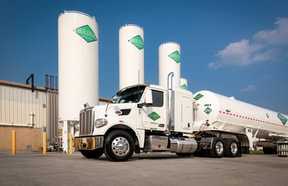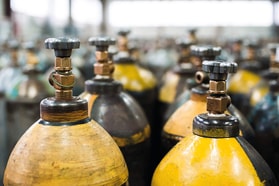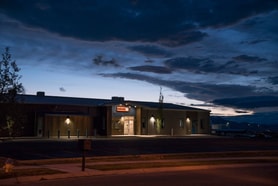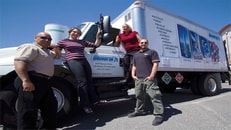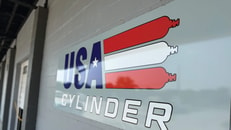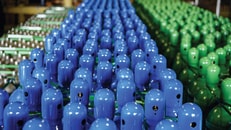Cylinder Tracking – Automatic, Information-Rich, and Available in Real Time
Customers, distributors, and gas manufacturers all want it. So do regulatory authorities and local emergency responders. “It” is a reliable and simple tool for keeping track of cylinders (and other gas containers). Every reader here already knows about many of the demands and advantages of effective cylinder tracking.
Most readers also will know about the weaknesses that cause most systems to fail: burdens on human interaction; incomplete information; and outdated data, to name a few. If the data provided by the system is not 100 percent reliable, then that data can always be questioned, and the value of the system is diminished.
This points us to three crucial qualifications for a cylinder tracking system. First, the system must be automatic. Data should be transparently entered into the system. Every point of human interaction, such as a procedure for checking in (or out) cylinders, is an opportunity for failure. Second, it must be information-rich. Data should include the location of the cylinder, contents, state of service (full, in-service, empty), history of usage, current cylinder content volume, expiration date, and other gas information. Third, it must operate in real-time. Manual inventory is only as accurate as the last census; barcode records are only as accurate as the last scan. A real-time cylinder tracking system is always up-to-date.
Automatic
Unlike systems using barcodes or other approaches that require manual scanning, a system using RFID (Radio Frequency IDentification) is completely “hands-off.” Every cylinder or container has a unique RFID tag. Tag readers positioned around the site automatically read the tags. Tag readers are stationary devices that monitor for RF tag response within each reader’s radius of operation. The tag readers work together and are linked to the computer running the system software. As a result, when a cylinder is moved—for example, from Storage Location B to Production Line 12—the system automatically updates the inventory to reflect the change in location for that specific cylinder. The system automatically records the movement of a cylinder from the moment it enters the site, until it is removed from the site, including every movement in between, with no user burden.
... to continue reading you must be subscribed



